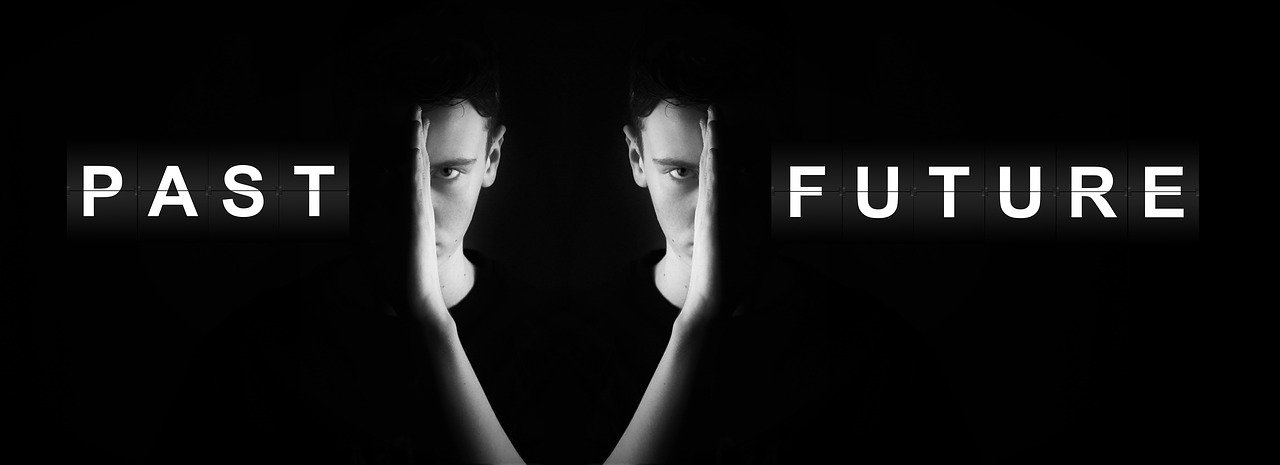By Peter Wright & Paul Elam

Anxiety may be the most pervasive “psychiatric” problem in the world. All the more interesting, then, that it is a problem with so little general attention in the media and the medical establishment.
The symptoms can be a mildly annoying, with the occasional and temporary sense of unrest and unease. The reasons for it happening maybe quite obvious at the time. Then again, it can appear to come straight out of the blue. It can come or go without visible “triggers,” like high-stress events.
In more extreme, but very common incidents of the disorder, the symptoms can be life-diminshing, horrific experiences. Full blown anxiety attacks, commonly known as “panic attacks” include tachycardia (rapid, runaway pulse), sweating palms, frightening disorientation, an overwhelming sense of impending death or doom and crippling levels of fear that last anywhere from minutes to hours.
Even when the sufferer knows the events are not lethal; even after experiencing them hundreds of times, it does not put the sufferer at ease during an attack. Each one is as bad as the last. It can become a living hell in which the sufferer feels like a ticking time bomb in between debilitating attacks.
The Latin root of anxiety is angere which means to choke, squeeze or compress tightly. That’s what happens to our bodies when anxiety hits – our chest muscles seize up and breathing tightens. Our neck constricts and creates a lump in the throat. We choke on the words, can’t get them out. Lips, face, hands, legs stiffen and make it hard to move, and our blood vessels constrict to create tension headaches. It’s as if we are caught by a giant who squashes us in his fist.
Anxiety disorders are the most common of all psychiatric complaints, appearing at twice the rate of mood disorders such as depression and bipolar illness.1 Anxiety is characterized by:
a. bodily symptoms of tension, racing heart, shakiness or sweating.
b. state of uneasiness, nervousness, dread, distress, fear, panic and in extreme cases terror.
c. apprehension about failure, misfortune or danger.2
Anxiety also colors the way we think, feel and act. “It is a petty monster,” writes author Daniel Smith “able to work such humdrum tricks as paralyzing you over your salad, convincing you that a choice between blue cheese and vinaigrette is as dire as that between life and death.”3
Numerous forms exist, including generalized anxiety disorder (GAD), social anxiety disorder, separation anxiety disorder, performance anxiety, stranger anxiety, agoraphobia, post-traumatic stress disorder, obsessive–compulsive disorder, situational anxiety, phobias and panic disorder to name but a few. Each has its own peculiarities and triggers (though they may be very difficult to identify), and each requires a different approach to understand and manage it.
With so many anxiety disorders, we will limit ourselves to a category affecting men, one that you won’t find mentioned in the textbooks on therapists desks.
The anxiety disorder with no name
In the past, psychologists have spoken of ‘performance anxiety’ and ‘castration anxiety’ as ways to understand men, but these terms do not go near far enough. Men’s anxieties are born of far broader concerns than having a metaphorical (or real) penis chopped off.
The cause of men’s anxiety, in this case, is the the entire misandric culture they must daily rise from bed to face. Most men will be unaware of this as facing and dealing with misandric pressures is socially forbidden and often sequestered behind a wall of denial. It’s the culture itself that demands they perform, be in service, be under constant scrutiny and suspicion for wrongdoings, and one that will penalize them if they step out of line.
In that sense, men’s denial of that anxiety is a survival mechanism.
As a man in this world, if you are NOT anxious then there is either something terribly wrong with you or you are one of the lucky few who has unlocked the answers to this problem.
All men (and boys) are under assault from social forces and the resultant anxiety is a natural response. These forces berate you every minute about your supposed violent tendencies, about rape culture, child maintenance, alimony and manning up for women. All of this punishes you with the stress of failure or the stress of disobedience. The whole society you live in colludes to keep you silent about all of it.
So let’s talk about it. In fact, lets also give it a name – Misandric Culture Anxiety (MCA). To be perfectly blunt, we are asserting that the modern male gender role and the unattainable demands it places on boys and men in misandric culture causes mental illness in men.
Among the many causes of anxiety, MCA is one of the big ones. And if you happen to have another underlying anxiety disorder, MCA will exacerbate it. If you have social phobias, MCA will make you even more nervous about mixing with other people.
If you take Valium or alprazolam (Xanax) for generalized anxiety disorder, the added load of MCA will tempt you to unilaterally increase your dose. This is highly dangerous in terms of tolerance and addiction. Both Valium and Xanax are benzodiazepines which can have bad synergistic side effects with alcohol and which can both result in dangerous withdrawal symptoms from high doses over a prolonged period of time. Actually, withdrawal from these drugs can possibly kill you.
The other problem, even aside from MCA, is that of tolerance. Like most other drugs, tolerance develops and higher doses are needed for the same therapeutic benefit. While they may provide short term solutions, these psychoactive drugs are a treatment that can easily become worse than the problem they are treating.
While anxiety attacks may have very obscure triggers, reducing the overall exposure and impact of MCA on our lives can reduce the stress and anxiety that comes with it. Before touching on ways to do that, lets first have a look at the way men have traditionally dealt with it – by self-medicating, often destructively, as a way of reducing the choke-hold of anxiety.
Is it any wonder men drink more alcohol?
How many times are cocktails after work to “de-stress” actually just a form of self-medication for anxiety? How much of that becomes problem drinking because of tolerance? How many other drugs, particularly benzodiazepines, are combined with alcohol or otherwise abused to provide more synergistic effect on the anxiety?
Anxiety can be difficult to treat. There are no magic cures and the many manifestations of anxiety require varied responses. However, there are general strategies that can, for many men, reduce anxiety and with it the need to self-medicate. The first thing to investigate is potential or known triggers, a no-brainer, but in this model it is done in conjunction with assessing the self-narratives that might be needlessly, pointlessly placing you in front of those triggers. If for instance your anxiety is triggered by a desire to provide for a woman, creating anxiety lest you fall short or fail in your “duty,” then you need to rewrite that narrative with one that changes your behavior and attitudes.
If you can’t pinpoint the triggers, or they are ones you can’t avoid, there are still ways to reduce the intensity of your anxiety. Neurofeedback treatments, along with efforts to monitor your body’s emotional arousal will help you better detect anxiety levels and apply strategies to regulate their intensity. But first you have to agree to pay attention to your own needs and well-being – something many men have a hard time doing.
Meditation, breathing control, exercise, reducing caffeine (and other stimulants) can also help. Even some forms of cannibis are now demonstrating anxiolytic effects, though regarding that as a singular approach is something we deem to be unwise. Drugs that mask problems, even non addictive ones, do not ultimately lead to addressing the root causes of the problem.
In some people, anxiety can be more or less “cured,” yet in others its symptoms can be made much more manageable. As always, the dedication and determination of the sufferer will have the greatest impact on results.
It is a complicated subject which we will be handling in a series of articles in the future which are focused on solutions.
One thing is certain, at least in our opinion. Any efforts to address anxiety issues in men without an intense focus on narrative reconstruction are substandard. If you want to reduce anxiety, you must change the expectations you place on yourself which produce it in the first place. You will also need to withdraw permission from the people in your circles, and society at large, to burden you with their expectations.
References
[1] Daniel Smith, It’s Still the ‘Age of Anxiety.’ Or Is It? – New York Times, (Jan 2012)
[2] Andrew M. Colman, Oxford Dictionary of Psychology, (2009)
[3] Daniel Smith, It’s Still the ‘Age of Anxiety.’ Or Is It? – New York Times, (Jan 2012)



